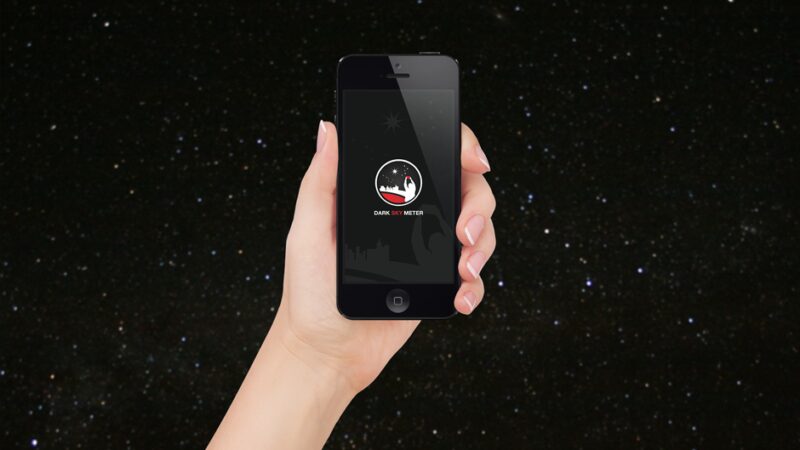Light Pollution Apps
Measure light pollution and track sky brightness with our citizen science apps. Help researchers understand the impact of artificial light on our environment and astronomy.
✓ Measure sky brightness ✓ Track light pollution trends ✓ Contribute to environmental research
Our light pollution measurement apps transform any recent smartphone into a powerful tool for environmental monitoring and astronomical research. These apps enable users to contribute to real scientific research while helping protect our night skies.
Perfect for citizen science initiatives, educational projects, and environmental monitoring, our light pollution apps provide professional-grade tools for measuring sky brightness and tracking the impact of artificial lighting on our environment.
Dark Sky Meter
Measure light pollution levels with scientific accuracy using your smartphone camera. Dark Sky Meter helps astronomers, researchers, and citizen scientists quantify sky brightness and track light pollution trends over time.

Professional Accuracy: Dark Sky Meter provides calibrated measurements of sky brightness that are suitable for scientific research and environmental monitoring.
This app enables widespread monitoring of light pollution impacts, helping researchers understand how artificial lighting affects wildlife, human health, and astronomical observations.
How Dark Sky Meter Works
Dark Sky Meter uses your smartphone's camera sensor to measure the brightness of the night sky. The app provides calibrated readings in standard astronomical units, making measurements comparable across different devices and locations.
Users can track light pollution trends over time, compare measurements between different locations, and contribute data to research projects studying the environmental impacts of artificial lighting.
Why this matters: Light pollution affects wildlife migration, plant growth cycles, human sleep patterns, and our ability to see stars. Systematic monitoring helps inform lighting policies and conservation efforts.
Loss of the Night
Track the visibility of stars and measure light pollution by observing how many stars you can see with the naked eye. This citizen science app helps researchers understand global light pollution trends and their impact on astronomy and ecosystems.
- Star Visibility Mapping: Record which stars are visible from your location
- Light Pollution Tracking: Contribute to global light pollution databases
- Educational Content: Learn about constellations and star identification
- Global Community: Join thousands of citizen scientists worldwide
Getting Started with Astronomy Apps
All our astronomy apps are designed to be accessible to users of any experience level. Whether you're a complete beginner or an experienced amateur astronomer, these apps provide tools and guidance to make meaningful contributions to astronomical research.
Research Impact
Our light pollution apps are used by researchers and organizations worldwide:
- Dark Sky Organizations - Light pollution monitoring and advocacy
- Environmental Research Groups - Studying impacts of artificial lighting
- University Astronomy Departments - Educational and research projects
- Citizen Science Projects - Global light pollution monitoring campaigns
- Amateur Astronomy Clubs - Site evaluation and sky quality assessment
Join the Light Pollution Monitoring Community
Our light pollution apps have built a global community of citizen scientists contributing to environmental monitoring and astronomical research. With thousands of active users worldwide, these apps demonstrate how smartphone technology can help protect our night skies.
Frequently Asked Questions
Are these apps free to use?
Loss of the Night is completely free to download and use. Dark Sky Meter is available as a paid app with additional features for professional use. Both apps support citizen science participation.
Do I need special equipment?
No special equipment is required. All apps work with standard smartphones. However, for enhanced observations, you can use telescopes, cameras, or other astronomical equipment in conjunction with the apps.
Which smartphones are compatible?
Most modern Android and iOS devices are supported. The apps are designed to work with standard smartphone cameras and sensors available on devices from the past 5-7 years.
How does my data contribute to research?
Your light pollution measurements contribute to global databases used by researchers studying environmental impacts of artificial lighting. This data helps inform lighting policies and conservation efforts to protect dark skies.
Can beginners participate effectively?
Absolutely! Both apps include tutorials and guidance for new users. Even basic measurements from beginners provide valuable scientific data. The apps are specifically designed to make light pollution monitoring accessible to everyone.
Resources & Coverage

Light pollution measurement apps for environmental monitoring and sky quality assessment